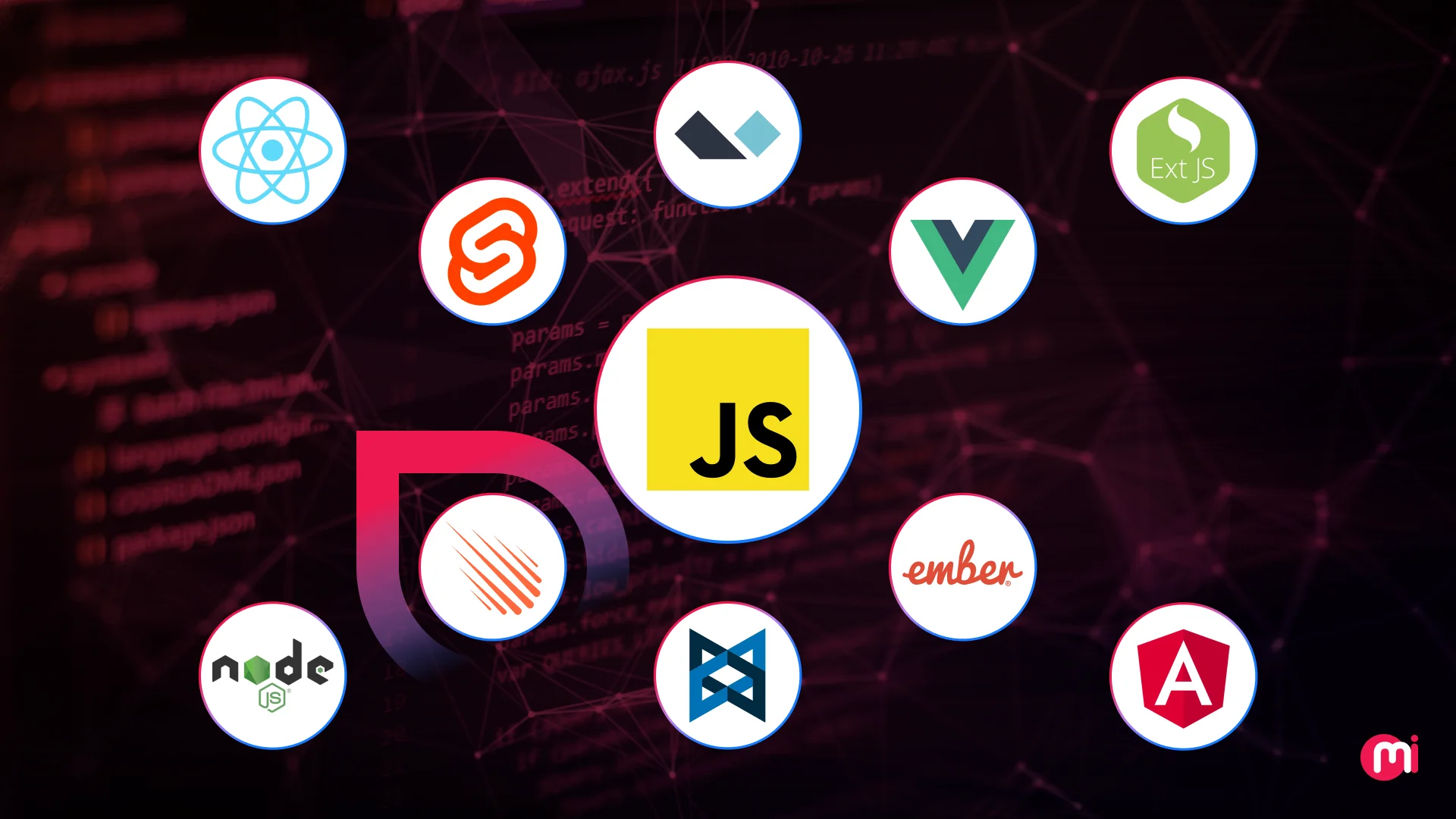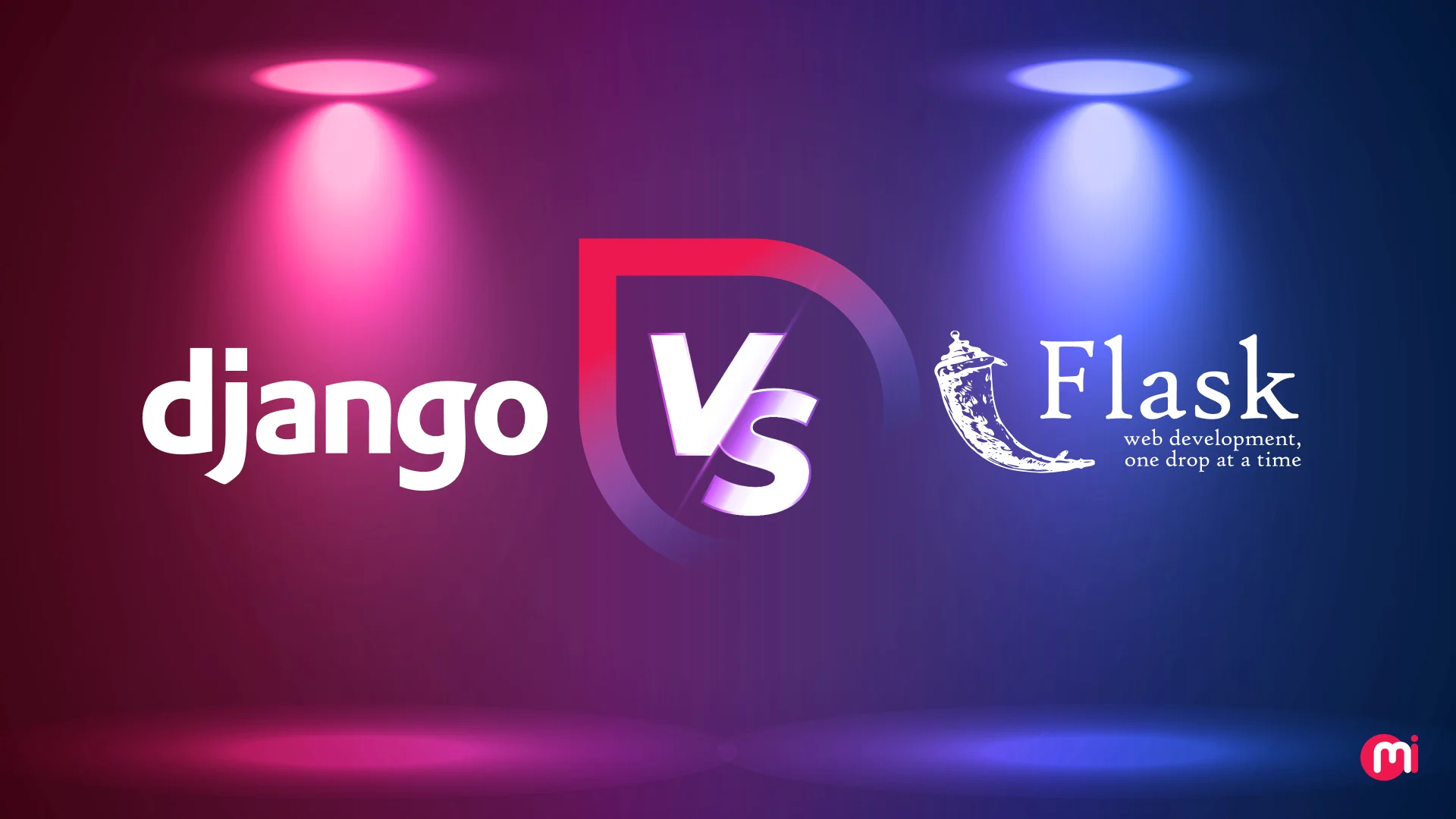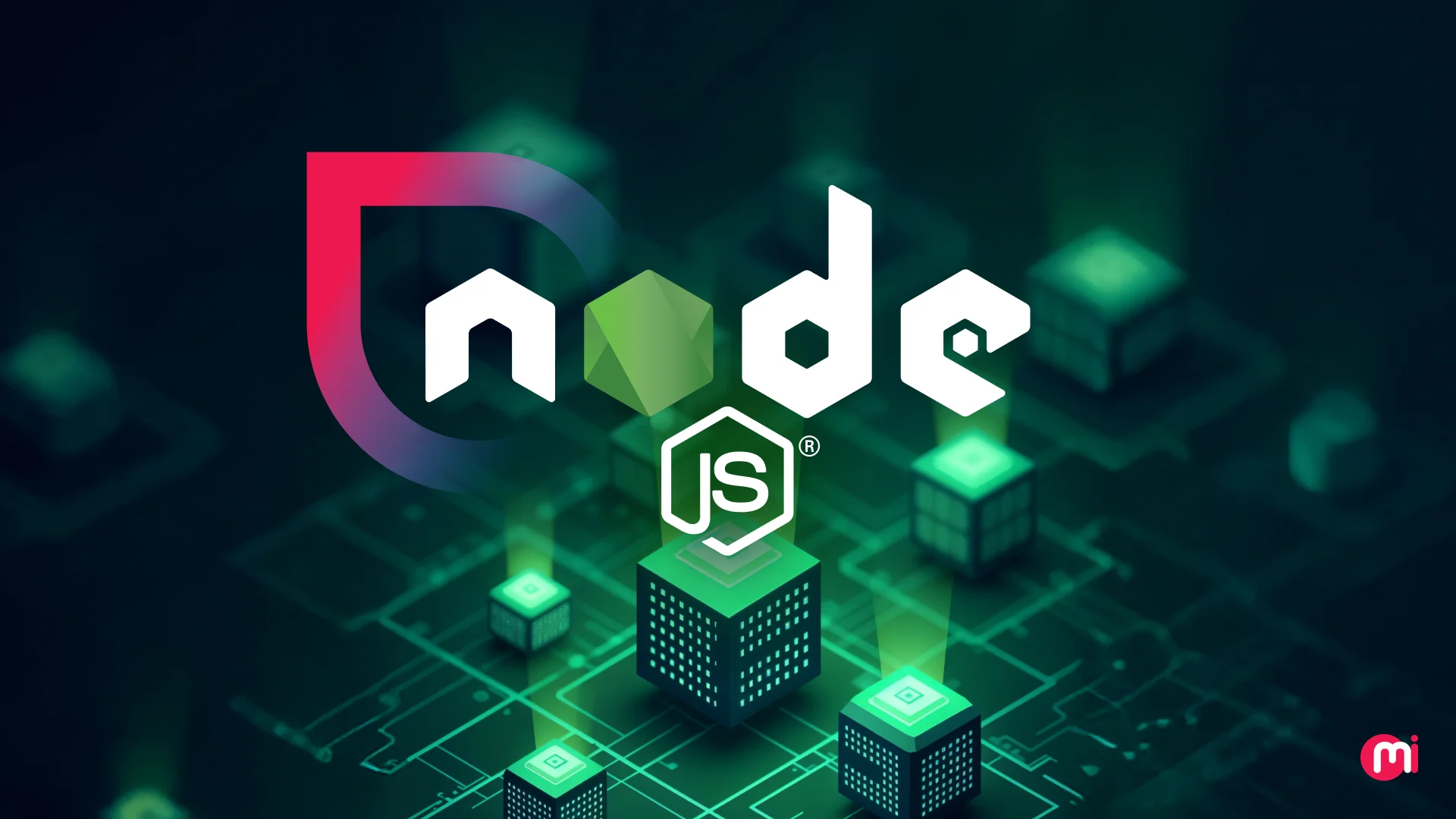Web Application Development – The Ultimate Guide You Need to Know
- Web
- August 18, 2023
Website pages were static in the early days of the internet and often rich in both images and videos. More than 12 years ago, Steve Jobs first launched the concept of web apps that appear and function precisely like native apps. In 2005, Ajax made it possible to develop quicker, better and more interactive web apps.
Although we can state that web application development in 2020 has reached its peak of fame, web apps are still so common that they often go unnoticed. However, people utilize them always. Web apps integrate the tailored experience of native apps with simplified access on a website browser from any device.
From MS Office elements like PowerPoint and MS Word to demanding software like Basecamp, Mailchimp, and Facebook also have web apps that provide you immersive, tailored, and robust experiences like the native apps provide, directly from your browser.
This is what makes web app development not just an extremely popular skill among developers but also the ideal solution for many businesses from education to entertainment, banking, eCommerce, and so forth.
Do you want to develop a web app? Then this is the ultimate guide to help you with every aspect of web application development, from the definition to the development procedure.
Web Application Development: All You Need to Know
Web app development is the procedure of creating a web application. It is more about interacting with the browser than the standard engineering procedures.
Maximum cases of web app development engage defining the issue, involving with users, mocking-up the solutions, choosing a framework or tool, and ultimately developing and testing the web app – in maximum cases, repetitively with users.
What is a Web App?
The web application is a type of app that can be used just through the website browser. This app runs on remote servers just when you connect to the internet.
Hence, this app is client-server software that enables users to connect with a web server through a browser.
Web Applications vs. Mobile Applications
As you have already read the aforesaid definition of a web app, you can assume that mobile apps and web apps are quite similar kinds of software. Nevertheless, these two are slightly different as well.
Mobile apps are exclusively made for mobile gadgets and suitable for a specific platform like Android, iOS, and Cross-platform. Web apps cannot be used without the internet.
You can download a mobile app from an app store that acquires space on your device whereas the web apps function in real-time in a web browser with the CPU resources.
Web Applications vs. Websites
The basic difference is our ways of interacting with one another. Web apps are described by their input – we develop, read, upgrade, and erase data inside a web app.
On the other hand, websites are described by their output – we read the marketing data, news, and FAQs on websites.
Progressive Web Apps
PWAs or Progressive Web Apps are the latest kinds of web apps that behave and often outperform like native apps. Check out the difference between native apps and Progressive Web Apps.
These web apps follow a little different tactic and engage an extra set of technologies like push notifications, manifests, service workers, etc.
Progressive Web Apps is just like a ready to access website that you can save on your home screen, without downloading it. It can be accessible anytime you want in just one click.
Types of Web Applications
Before getting into the steps of the web application development, you need to know what kind of web app you should select. All web applications are classified into 3 main categories, based on the use of tools and technologies:
1. Client-Side Web Apps
You can create these web apps in frontend JS and JavaScript frameworks. As they comprise just a client part, it’s impossible to communicate with the database.
The utilization of client-side web app building is fair when you don’t need to preserve user information for longer than a single session. For instance, you can use it in easy games or image editors.
2. Server-Side Web Apps
These web apps run on remote PCs, which you can discover anywhere. You can code them in several programming languages like C#, Ruby, Python, PHP, and others, as per your expertise.
If you build the application with just the server-side, then, as an outcome of any changes between form submissions, sections, and data updates, the server will create a new HTML file and the webpage will reload.
3. Single Page Apps
These apps are created utilizing both frontend and backend technology. Hence these are more complicated software, which offer client-side and server-side and work with no page reload in the browser.
Technology Stack of Web Application Development
Here are some of the web app development technologies that enable you to create an advanced, high-performance, and fast web app:
1. Front-End Technology
To develop a web app’s public part that the users interact with, you should choose some extremely efficient front-end JavaScript frameworks like:
- AngularJS – Google’s popular frontend framework that is suitable for dynamic web apps utilizing HTML for static website pages.
- ReactJS – One of the strongest and the most famous JS framework utilized for developing large-scale and complex dynamic web apps.
- VueJS – A new JS framework made for amazing applicability. It offers an ecosystem of assisting libraries and an accessible primary library, which are utilized for applying large complex single-page apps.
2. Databases
MySQL is the leader among databases utilized for web application development. Multi-functionality and simplicity are its prime benefit. PostgreSQL and Oracle are other good choices.
PostgreSQL is an open-source, free database management system based primarily on UNIX-like systems.
Oracle leads in the market of strong corporate, commercial databases and is increasing its impact actively on the worldwide network.
3. Backend Technology
Python has taken the most powerful positions in the backend web app development using the framework of Go, Ruby, Node.js, Java, and Django. Every framework and language is precise when it fulfills the aspects of the allotted task. Here are some examples:
- Django & Python – Python programming language covers backend web development. It replaces PHP. Python is lightweight, flexible, advanced, and has a low learning curve. Together with Django, its framework, Python can meet all backend development services needs for web apps.
- Node.js – This non-blocking runtime, fast, easy, and modern environment is designed to develop fast and lightweight apps. Enabling fast servers and running software on several hosts are other perks of Node.js.
- Ruby – Ruby can feature an active community due to which it has amazing open-source dependencies and great documentation. Moreover, coding is easy in Ruby.
- Java – Java is also a multi-purpose programming language. It is utilized in Android app development, desktop development, and web app development. This framework is mostly known for its security and stability.
Read also: How to Choose the Right Technology Stack for Web App Development
Benefits of Web Application Development
Developers get many scopes if they master web app development. These days, all businesses require an affordable and worthwhile solution for an app that helps them reach out to users over any desktop or mobile device and all platforms.
Since web app development is platform agnostic, businesses don’t require creating an individual app for Android and iOS – something that doubles up the expenses directly. Over the past few years, web app technologies have grown extremely, making web apps simply as tailored and immersive as native applications.
Businesses that have developed famous native apps already require a similarly great web app as they can’t afford to separate their desktop or web users. WhatsApp, Instagram, and Facebook – all have web applications the same as their native apps.
Read More: Why New Businesses Need the Support of Web Development Companies
Steps to Develop a Web Application
Several procedures are involved when it comes to creating a web app. Here we go:
1. Discover the Issue to Solve
Finding issues is important. You can make solutions to your issues.
2. Strategize the Workflow of Your Web App
When you have the solution, strategize the workflow of the ways it will function. What should happen inside your web app for it to fix the issue?
3. Prototype or Wireframe Your Web App
Change your workflow to a wireframe. Your wireframe is just a tool to convey your solution to your target audience.
4. Get Validation
Showcase your wireframe to promising users of your new web app. Record all reviews and emphasize on the design until you and your target users are satisfied.
5. Select Your Firepower
You will utilize various frameworks, platforms, or tools for developing your web app. You need to select a suitable tool and not the popular one.
6. Choose Technology for Web Application Development
You can go for frontend technology, backend technology, or databases for web app development.
7. Test Your Web App
Testing your web app is a continuous procedure and generally occurs during and after the development stage. You can either do it manually or automate testing. Amid the testing stage, you need to cover performance, security, compatibility, usability, and functionality testing.
8. Host and Deploy Your Web App
Hosting is all about running your website app on a server. You will require purchasing a domain and select a cloud hosting provider. To receive your web app from the local device to your cloud provider and distribute it, you will require using a CI tool.
Cost of Web Application Development
To know how much it costs to create a web app, you should cautiously structure your web apps’ sub-costs.
Many factors decide the ultimate cost of your web app. The number of features you incorporate, the app’s inherent complexity, the number of other players, and the web app development company you select will impact the ultimate cost.
If you need a simple application with core functionality and basic interface, you can develop a web application for anywhere between $4K – $15K.
For the more professional appearance of your app that could need small teams of designers and developers working on a project for almost three months, you could be looking at an expense between $15K – $30K.
Maximum complex web app development that needs multiple API integrations, complex web app programming, custom UI or UX design, and more, the web application development cost’s upper limit could go anywhere between $50K and $150K.

Final Thoughts
Web app development is a trendy method that will gain popularity in 2020 and more years to come. Organizations and users prefer web apps for their extensive array of functionality, great interaction, and amazing performance.
By enabling your future web app with some cool solutions and features, you will also make sure that the product provides a huge base of clients and users, and stays high in demand for over a year or even decade.
FAQs About Web Application Development
There are many popular web development programming languages in 2020 like JavaScript, NodeJS, Laravel, Python, Java, Ruby, PHP, C#, Go, Rust, Kotlin, etc.
There are some important factors that can influence the cost of web app development like the type of app, choice of platforms, number of features, location of the development agency, support, etc.
We at Mindinventory follow this web development process: information gathering, planning, design, coding, testing, review and launch, maintenance.













